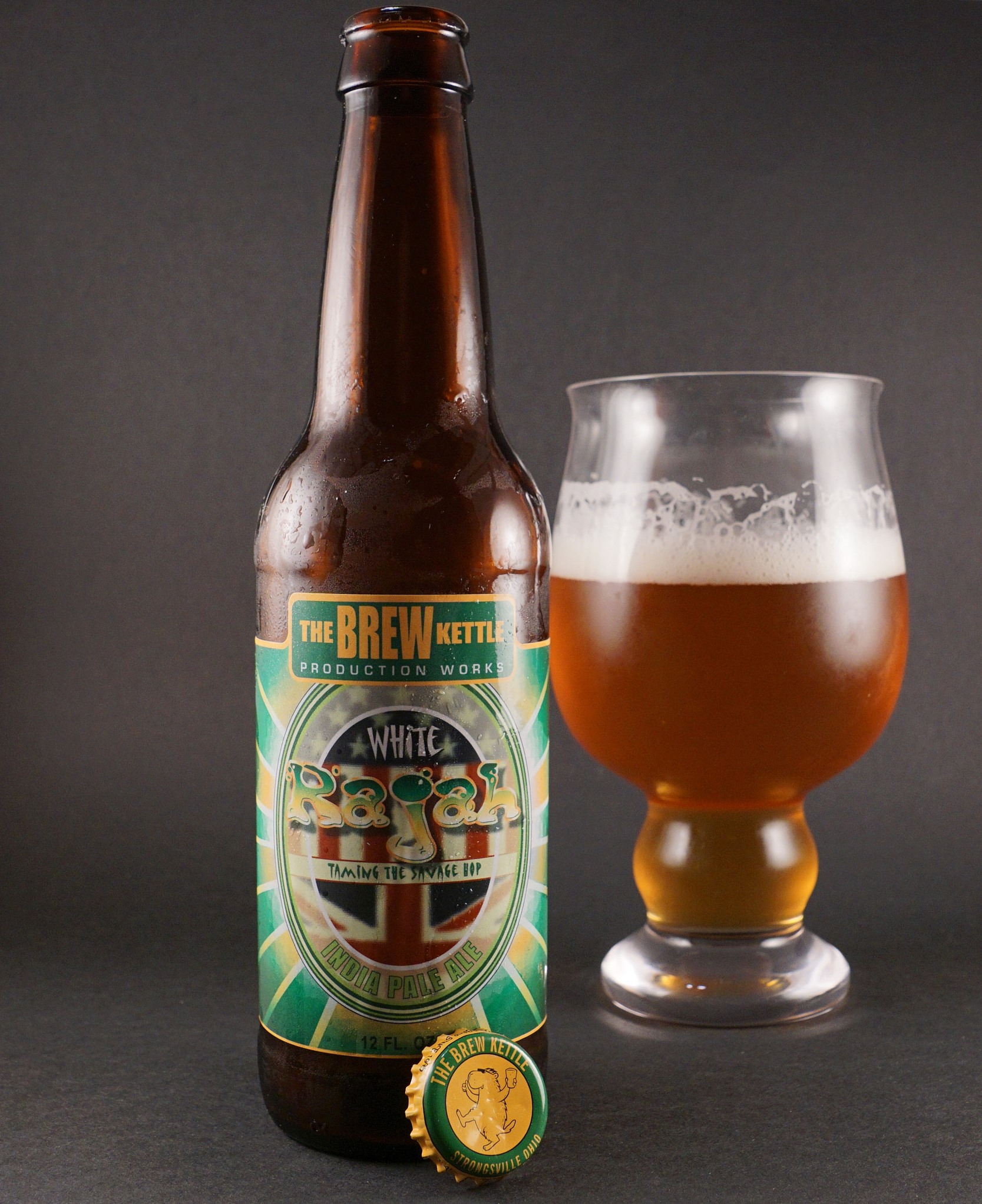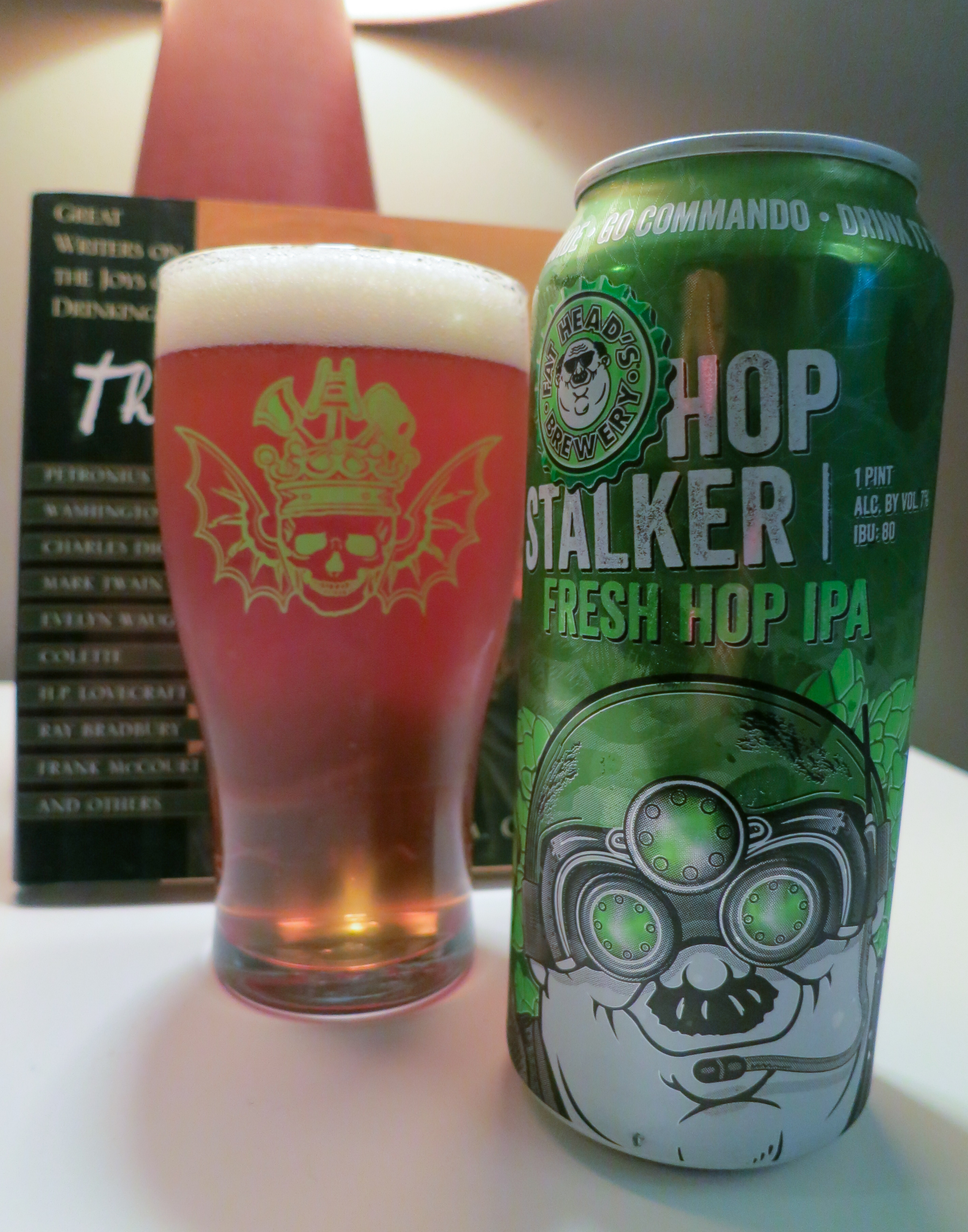-
Night Shift Morph 4/23/15
Is a new recipe a new beer? Stone recently made all sorts of Stone Marketing about how they were changing the recipe for Ruination, their DIPA. They state that new hops and hopping techniques are available, that were nonexistent ten years ago. They argue that to not change is impossible writing,”It takes a prohibitively massive ego,…
-
The Brew Kettle White Rajah

There is a condition worse than blindness, and that is, seeing something that isn’t there. –Thomas Hardy THE BEER The origins of The Barley Whine goes back to a prior craft beer boom. The 1990’s Sam Adams/Pete’s Wicked dominated microbrew explosion brought thousands of new beers to market, of varying quality. Being young and poor,…
-
Columbus Brewing Company Yakima Fresh Hop
THE BEER As we have recently discussed, autumn is the time for hop harvests and therefore the rare window for fresh/wet hopped beer. GABF occurs in the same season. One brewery that stood out in 2014 judging for hoppy brews was central Ohio’s Columbus Brewing Company. Head brewer Tony Corder and his team took home…
-
Fat Head’s Hop Stalker Fresh Hop IPA

The state of Oregon grows a lot of hops. This has lead logically, to a large number of breweries; Portland claiming more breweries per capita than any city in the US. No matter their location, most often work with hops in the form of dried out pellets. However, the brewers with access to the limited…
-
Half Acre Daisy Cutter

Canned Pale Ales and IPAs, still fairly uncommon in most US markets, happen to be some of the tastiest pale ales on American shelves these days. Dale’s Pale Ale rightly gets credit as the first boldly hopped beer to be canned in-house by Oscar Blues back in 2002. Since then many others such as Surly…